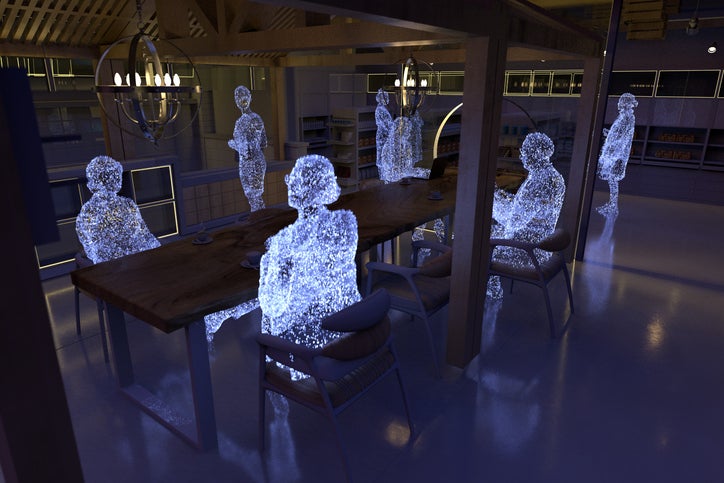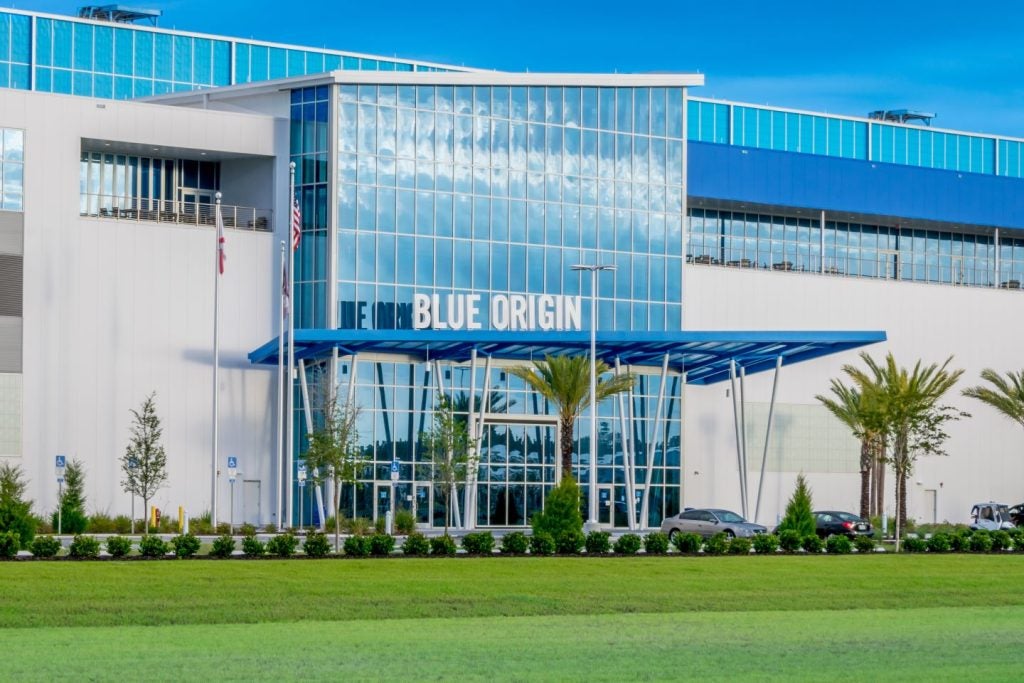
How long was it really going to take until the world’s love of alcohol broke through into the metaverse? Not long apparently, as Italy-based Cellarverse arrived on the scene last year as the first metaverse winery to assign every bottle of their specially made wines with a non-fungible token (NFT).
The ever-expanding metaverse and blockchain technology have proved to be an attractive platform of experimentation for drinks companies looking to create new immersive experiences for their customers in recent years.
From Second Winery, which uses VR and AR technology to give people a virtual wine-tasting experience, to Ivanco which works as a Web3 members club that gives its members the ability to invest in wines physically and digitally. Drinks in the metaverse are clearly here to stay.
Cellarverse claims it does something different from the rest, however, combining the wine’s digital asset and physical asset.
Wine and NFTs go hand in hand
The premise is simple. You buy an exclusively made wine from the Cellarverse hub, which also gives you an NFT specific to that bottle. The physical wine is held in a physical cellar, while your digital wine stays in your metaverse cellar. Once you redeem your NFT, the physical wine gets delivered to your door for you to enjoy.
“Each member of our community is able to check their digital cellar and redeem their NFT whenever they want,” Paolo Angeleri, co-founder of Cellarverse, told research firm GlobalData in a recent podcast.

US Tariffs are shifting - will you react or anticipate?
Don’t let policy changes catch you off guard. Stay proactive with real-time data and expert analysis.
By GlobalDataThe idea behind Cellarverse is to combine the exclusivity that comes from owning a rare bottle of wine with the new technologies of owning a rare NFT.
All of the bottles are characterised as a work of art thanks to exclusive contributions from emerging artists. Customers have guaranteed ownership of the digital NFT asset as well as the actual physical asset of a specially made wine.
Angeleri says the company is inviting small wineries to be part of their metaverse platform for free, giving them an innovative alternative to market from traditional routes.
The only downside for the wineries is that they must sell “special bottles” on Cellarverse, which means a limited number of specially curated bottles with an NFT tag, to ensure maximum uniqueness for the customer.
The first-ever sale on Cellarverse, 12 bottles of “LaLana” from the Campi Valerio winery, sold out in less than a week, Adnkronos reported.
Drink wine in the metaverse, drink wine in real life
More than anything – Angeleri says he wants the Cellarverse to be a real community. This is why the company is inviting its members to events, both in real life and in the metaverse.
In time, customers will be able to attend in-person dinners and then enter the metaverse to chat with the winery possibly thousands of miles away that supplied the wine for the occasion.
However, Angeleri admits that the company right now is focusing more on wine lovers than crypto enthusiasts.
“Our main focus is on wine lovers because the world is not yet ready for the full web 4.0 experience,” Angeleri told the podcast.
“We tried to create a user experience that is accessible to everyone who might not yet know what an NFT and the metaverse is,” he added.
In turn, this made the early stages of the company’s launch a slow one as the team spent most their time explaining “how the thing works step by step.”
Although the whole world might not be ready for a digital winery yet, the company has big plans for the future – including building a whole metaverse of their own.
“We will be enlarging our winery list and at the same time expanding our metaverse to create a fuller user experience from end to end,” Angeleri said.







